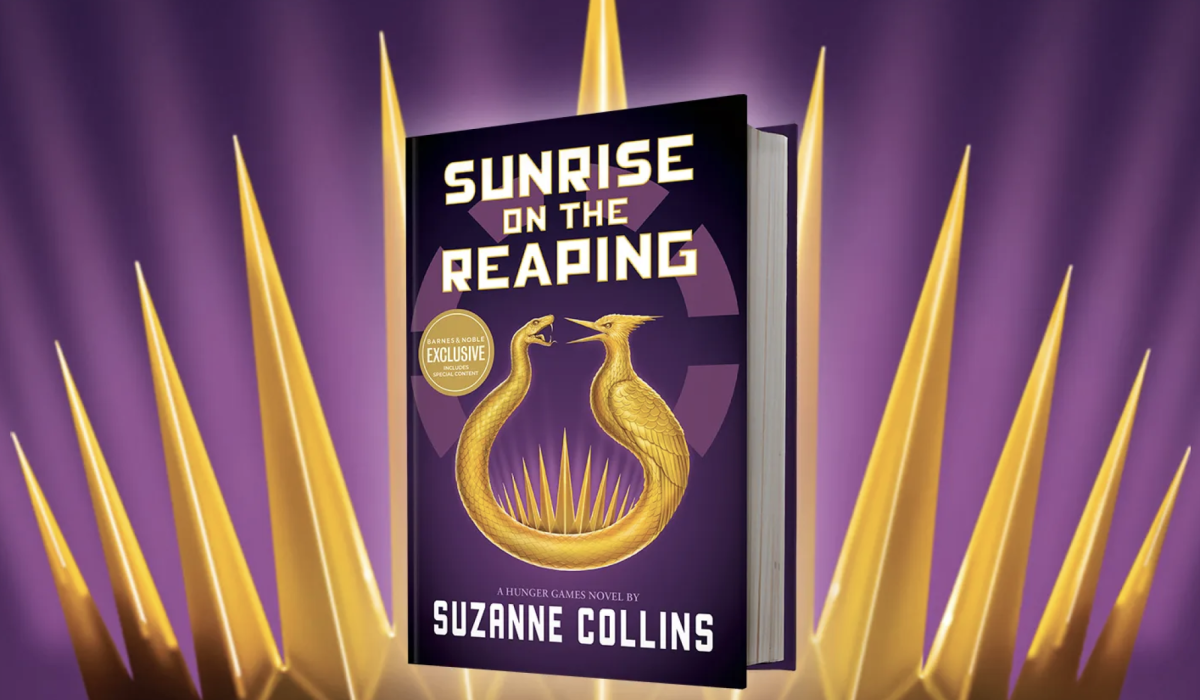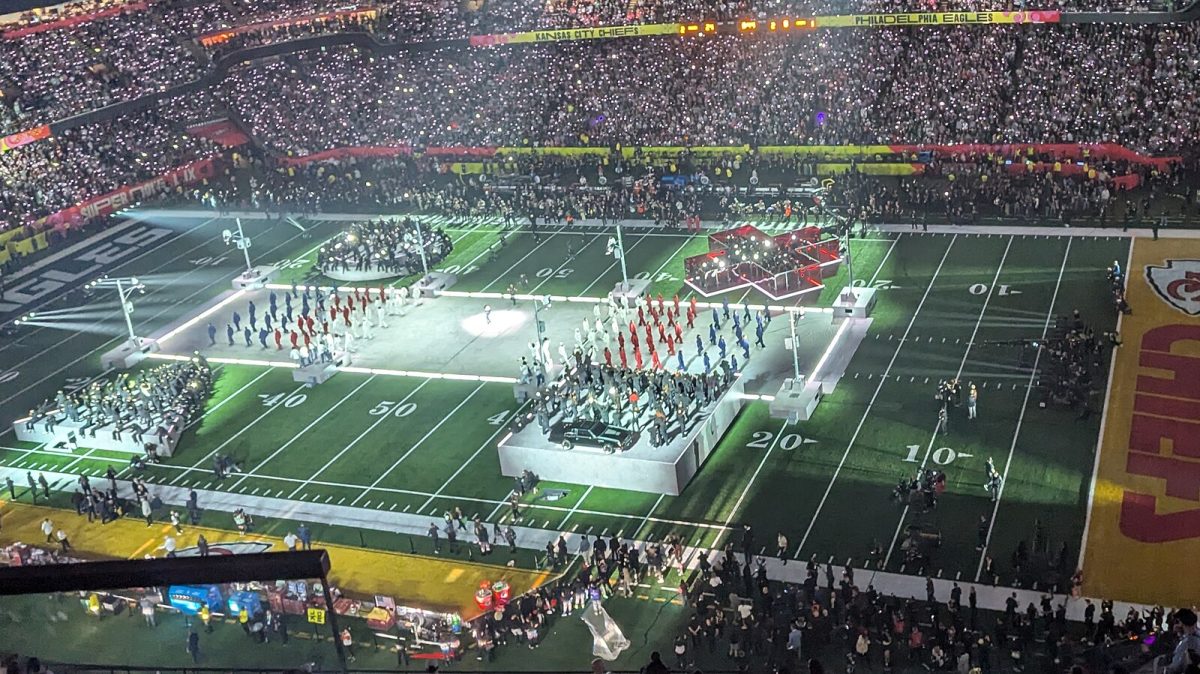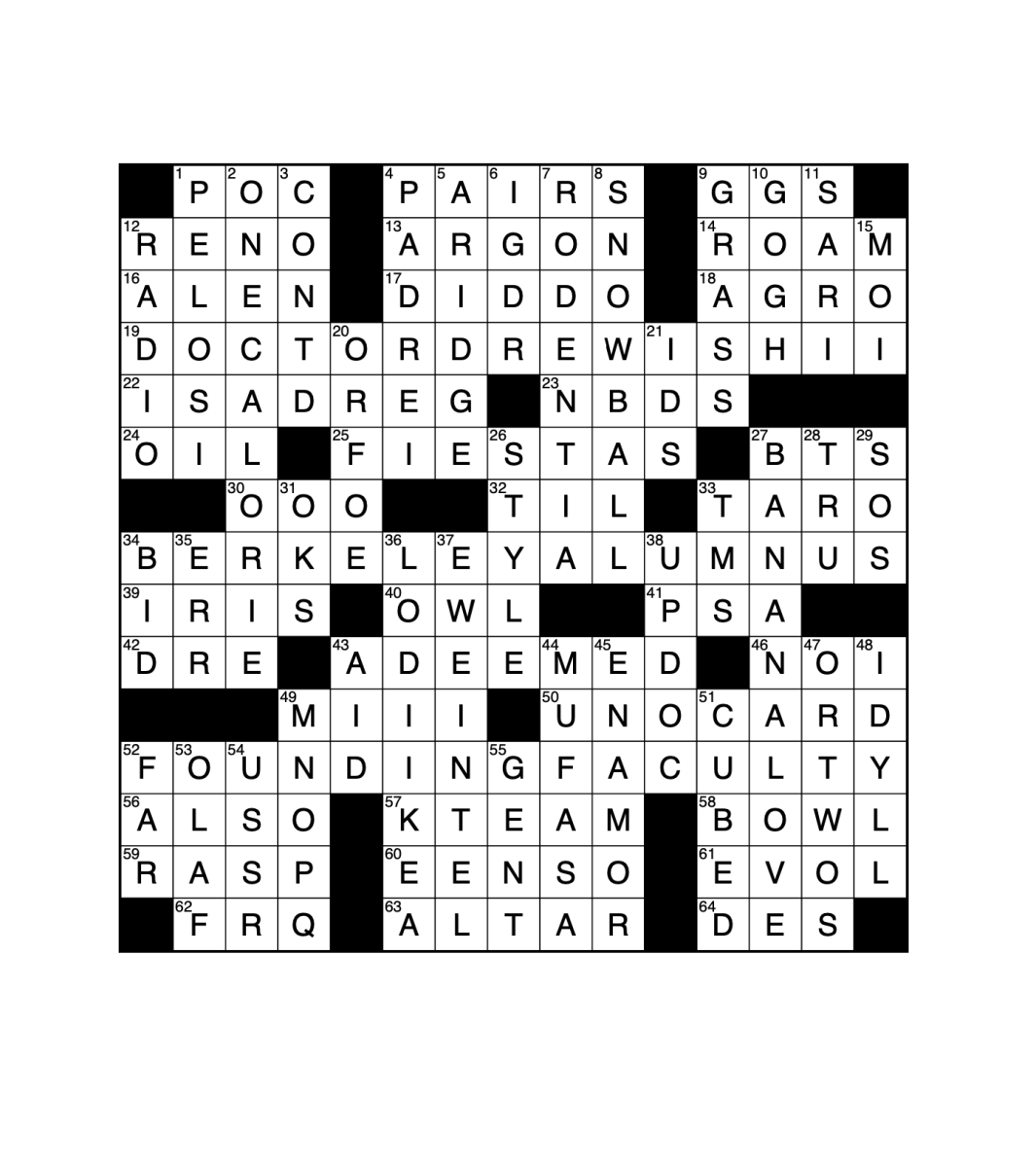Welcome to the first edition of Ink and Inspiration for the 2025-2026 school year. This Bolt column is dedicated to the power and beauty of creative writing. Follow our journey to explore genres undiscovered, find passion in works of writing, and discover the emotional strength of the simple word. Today, we will explore a type of poetry that began in medieval Europe and spread across the world in various versions. We will demonstrate how to use a precise number of syllables to create a story or talk about a certain theme or idea.
CINQUAIN POEMS
Cinquain poems are written in the format of two syllables, four syllables, six syllables, eight syllables, and two syllables. These poems developed during the Medieval Age in France as five line poems with no limitation on the number of syllables per verse. A few centuries later, in the early 20th century, American poet Adelaide Crapsey invented the American Cinquain, the version most commonly used today. Using this version of the poem, authors write the first line as the subject’s name and the second line to describe such a subject in two words. Authors use the third line to describe the subject with three action verbs, the fourth line as a short expression about feelings or details of the subject and the last line as a synonym for the subjects. Similarly, many students write comparable poems in school, which are instead called Didactic Cinquains and focus less on syllable count, more on word type.
Cinquain poems are free verse poems centered around a subject that varies from a human, place, or thing. A famous poem with this style is Crapsey’s “November Night”, which uses diction and imagery to capture a moment in autumn. These poems encourage writers to be more concise and purposeful with their writing and create short yet powerful stories that capture a moment. Cinquain poems are also special as they have migrated over to the classroom and are used to teach kids about diction and rhythm, demonstrating how these poems make writing more accessible. The poem below imitates a cinquain poem, as it uses the syllable format and captures a fleeting moment with purpose.
EXCERPT FROM A MOUSE’S HUMAN SENSES
A mouse
Deftly silent
Climbing, softly striking,
Quiet in public but not deaf to
Struggle





